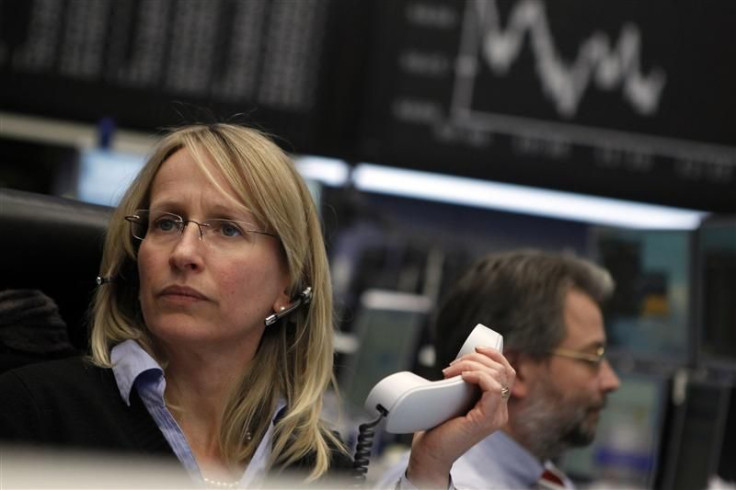Stock Markets: Risk Assets Grow in Demand on Improved Fundamentals
OPINION

The fundamental backdrop with respect to economic growth continues to improve, albeit, at an uneven pace globally.
In the United States, labor conditions (as measured by initial unemployment claims) are now convincingly below the 400,000 threshold and have fallen to their lowest level since 2008.
Even housing appears to show signs of “green shoots. Not only are housing starts showing signs of improvement, but investors are now looking at the foreclosure market as an opportunity akin to the investment opportunities offered in the distressed mortgage market in 2009.
It is likely that Congress will pass the extension of the payroll tax cut and renewal of job benefits this week. Both actions will act as an incremental source of stimulus to an economy that is already expanding.
We should also not lose sight of the benefits to regenerating wealth to consumers from rising equity prices. Already this year, the S&P 500 Index has produced a total return of 7.5 percent. Moreover, the market capitalization of U.S. equity markets has increased by $3 trillion since last October.
The Bank of Japan announced this week that it will now target inflation at 1 percent and try to stimulate this goal by purchasing $130 billion of assets. This action follows the long-term refinancing operation (LTRO) program by the European Central Bank which extends loans to banks for a 3-year period in addition to the recent announcement from the Federal Reserve that they would keep interest rates at a zero lower bound through 2014.
Improvement in financial markets by lowering the cost of capital for corporations is also a contributor to economic stimulus. For example, bank spreads have narrowed from 375 basis points (bps) from the end of 2011 to a current spread of 287 bps. Not only have borrowing costs fallen in relative terms for banks but also in absolute terms as yields have fallen from 4.80 percent to 3.93 percent.
It is also notable that consumer credit has started to rise in recent months suggesting that the improvement in the labor market is beginning to filter into borrowing. In the last two months of 2011, consumer credit expanded by $40 billion. This is a significant
increase in comparison to the $7.4 billion monthly average for all of last year.
The euro zone’s fourth quarter 2011 GDP came in slightly better than expected with a decline of 0.3 percent versus expectations for a decline of 0.4 percent. More specifically, Germany’s ZEW Business Confidence Index rose to 40.3 in February from 28.4 in January.
While there are plenty of risks remaining in Europe, the markets have already priced in the negative risks which may explain why the euro continues to trade near its 3-month average of 1.31.
From our perspective, the strong start to the year for global equities is on firm footing with more gains to come in the following months.
Tom Sowanick, is co-president and chief investment officer of Omnivest Group in Princeton, N.J.
© Copyright IBTimes 2024. All rights reserved.





















